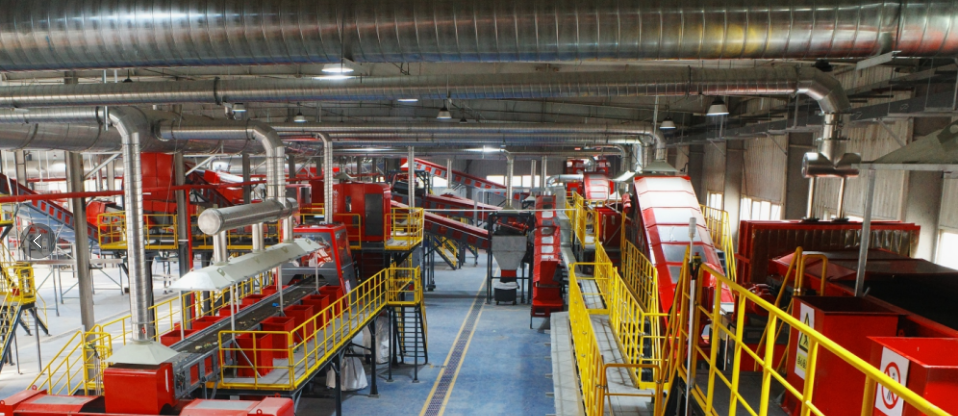How RDF/SRF Technology Drives Sustainable MSW Management
- Share
- Issue Time
- Apr 7,2025
Summary
What is Non-Hazardous Treatment of Municipal Solid Waste (MSW)?

What is Non-Hazardous Treatment of Municipal Solid Waste (MSW)?
After proper classification, most non-recyclable municipal solid waste undergoes non-hazardous treatment through methods such as landfilling and incineration.
What is Resource Recovery from Municipal Solid Waste?
Mixed municipal solid waste contains a significant amount of recyclable materials, such as beverage bottles, metals, and cardboard, which can be recovered and reused.
Additionally, organic waste (40-60% of MSW): Can be converted into bio-energy.

High-calorific combustibles (largest proportion): Can be processed into Solid Recovered Fuel (SRF/RDF) as a sustainable alternative to coal, reducing carbon emissions while maintaining comparable combustion efficiency.
SRF/RDF represents an innovative approach to waste reduction, non-hazardous treatment, and resource recovery, offering an eco-friendly and cost-effective fuel alternative for a circular economy.
How is Solid Recovered Fuel (SRF) Produced?
As a leading solid waste pre-processing equipment provider with over a decade of expertise, HARDEN MACHINERY LTD. delivers integrated and reliable SRF production systems tailored for:
Recyclable sorting, organic material extraction, and RDF/SRF fuel production are also needed.
Our systems are widely implemented in MSW transfer stations, recycling centers, and cement manufacturing plants globally.


SRF Production Process:
Primary Shredding: MSW is coarsely shredded.
Refinement: The shredded material undergoes screening, magnetic separation, and air classification to recover metals, light fractions, and heavy residues.
Secondary Shredding: Light fractions are finely shredded into high-quality SRF, with 98% of particles sized below 30–80mm.
Through continuous innovation, HARDEN supports the transition toward waste reduction, non-hazardous treatment, and sustainable resource recovery.